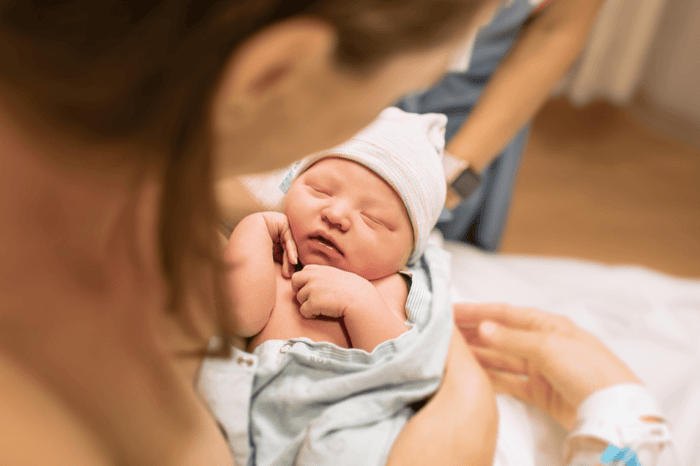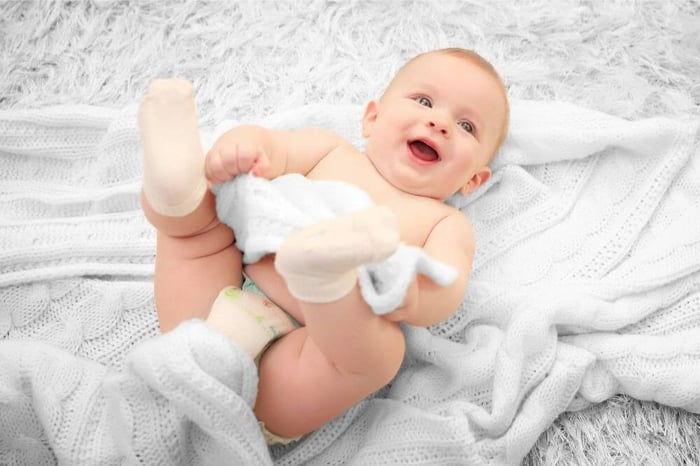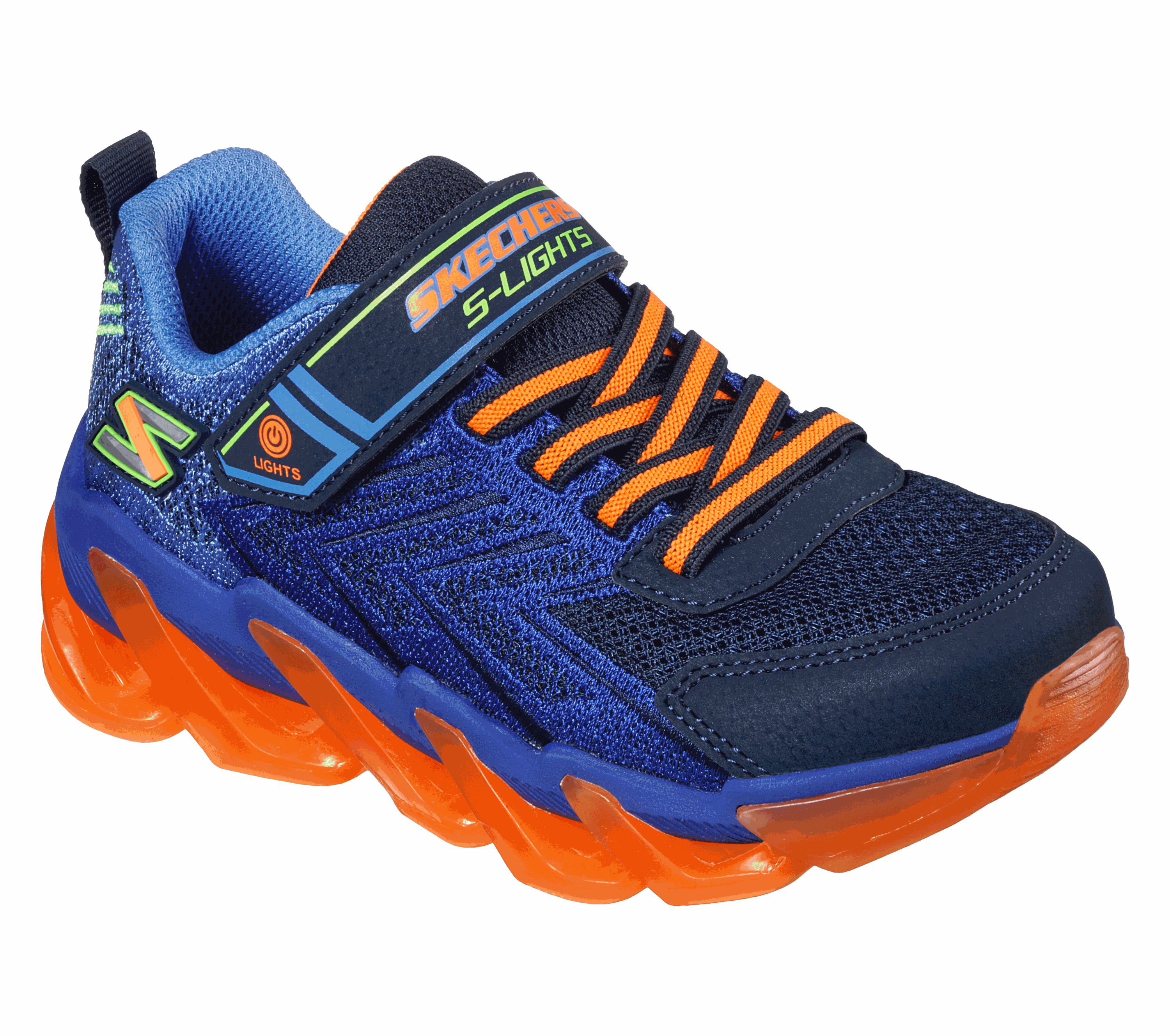Congratulations, are you waiting for a small bundle of joy in your life? Amazing! But have you considered washing those tiny cute onesies and socks?
If not, don’t worry; you're not alone. A recent study shows that 93% of new parents do not know how to launder baby clothes for the first time.
There is no reason to panic because this comprehensive guide will tell you everything about it.
First Wash: Why does it matter?
You may wonder why brand-new baby clothing has to be washed. They’ve never been worn, isn’t it? Not quite. New garments can have all kinds of chemicals, dyes and residues from the manufacturing process. All these can irritate the delicate skin of your child thereby making them experience rash or allergies. This is why it is important that these cute outfits should be washed thoroughly before being put on your baby.
According to Dr. Lisa Chen, a pediatric dermatologist with over 15 years of experience,
"Babies have very sensitive skin." She went on to say, "When we wash new clothes, we remove any potential irritants, making a clean and safe environment for a newborn's skin."
Organizing Your Baby’s Laundry
Just before you start putting those little clothes into your washing machine, take some time to sort them out properly. This step is often overlooked, but it can make all the difference in terms of how well they get cleaned and how long they last.
Start by separating the clothes by color. To avoid color running, separate whites from lights and darks, respectively. Also check whether there are any specific instructions provided on the cleaning guidelines attached on every piece. Some baby clothes require special care; some may also need hand washing only.
And don't forget about those cute accessories! Socks, mittens, hats, etc., tend to get misplaced while doing Laundry, especially if they are done separately; consider using a mesh laundry bag as this would help to keep them together.
Choosing the Right Detergent
With your clothes sorted, it’s time to select a detergent. Surprisingly, this decision is more important than you may think. Regular detergents contain chemicals and fragrances that can irritate babies’ sensitive skin.
Look for a mild, hypoallergenic detergent that is made especially for baby clothes. These types of detergent don’t have dyes, fragrances, or any other potential irritants. If you’re unsure about which brand to choose for your child’s clothing, consult your pediatrician.
Dr Chen advises,
"When you are purchasing detergent, look out for those labeled 'free and clear' or 'for sensitive skin' as these are less likely to cause skin reactions in babies.”
Water Temperature: Finding the Sweet Spot
The water temperature you use can make a big difference in how clean the clothes get and how well they hold up over time. For most baby clothes, warm water will do just fine. It gets rid of stains and kills bacteria without being harsh on fabrics.
However, there are exceptions to this rule -- heavily dirtied items might need hot water, or delicate pieces with specific care requirements may need cold water. Always check the care label if you’re not sure.
The Washing Process: Step by Step
Now that you have tidied up your clothes picked one of your washing powders, and set the temperature of the water, let’s wash. Here’s a step-by-step guide to ensure you get it right:
- Be cautious not to overfill the washer whilst loading it since clothes need allowance for movement in order to get clean.
- Put in the right amount of detergent. However, remember that more is not always better; excess tends to build on clothing fibers.
- If you are washing cloth diapers or heavily soiled items, consider running a pre-wash cycle.
- Select a gentle or delicate cycle in your washing machine because it is not very rough on clothes, hence making them last longer.
- Once the wash cycle is complete, remove the clothes promptly to prevent wrinkles and musty odors.
Should I or Should I not Use Fabric Softener?
That might be the temptation, but hold your horses! The chemical residue from fabric softeners can irritate your baby's skin. Besides, it may reduce the flame-resistant quality of some children's sleepwear.
Rather than using fabric softener, you can add a cup of white vinegar to the rinse cycle. This will naturally soften your clothes without leaving any residue behind. Do not worry; the smell of vinegar will go away once the clothes dry up completely.
Drying Dilemmas: Air Dry vs. Machine Dry
There are two main ways in which you can dry baby's clothes, air-drying or using a machine dryer, and each has its own pros and cons; consider them below:
Air drying is kinder to clothes and helps them last longer. It also saves energy. However, it takes longer, and they come out feeling slightly stiffened.
The drying machine on low heat is much faster and gives a softer touch to these fabrics compared to hanging them out in the open air. Nevertheless, high levels of temperature damage some materials, leading to shrinkage.
In case you decide to use a drier, select a low heat setting for small loads so that they get out with little moisture. This will avoid over-drying while eliminating static cling.
Stain Removal: Tackling the Tough Spots
Babies are messy – there’s no getting around that fact! Spit-ups, diaper blowouts, and food stains are all part of being a parent. But don’t worry – most baby stains can be removed fairly easily if you know what you’re doing.
For protein-based stains like spit-up or formula, rinse the garment in cold water as soon as possible. Then use protein stain removers for pretreatment before washing.
Rinse diapers stained with poop first in cold water, then put in oxygen-based bleach mixed with water before washing them again.
Special Care for Special Items
Some baby items require a little extra TLC when it comes to washing. Here are a few tips for handling these special pieces:
- Bibs and burp cloths – these often need frequent washing and maybe pre-soaked to remove stubborn stains.
- Cloth diapers – If you are using cloth diapers, you will have to wash them separately from your other clothes. They often need to go through a rinse cycle before they can be properly washed.
- Delicate items – Hand-knitted sweaters, special occasion outfits, and other delicate items may require hand-washing or dry-cleaning. Always remember to check the care label.
Storing Clean Baby Clothes: Keeping Them Fresh
Once your clean baby clothes are dry, storing them correctly is essential for their freshness. Consider the following ideas:
- Ensure the clothes are completely dry before keeping them so that no mildew forms on them.
- Fold the clothes neatly and put them in cool, dry places so that they remain fresh for long.
- Separate different clothes by using drawer dividers or small bins to keep types organized.
- Put away any stuff that your child has outgrown into air-tight containers or vacuum-sealed bags so as to maintain their condition for later use with other siblings.
The Environmental Angle: Eco-Friendly Laundry Practices
As parents, we all want to do our part to protect the environment for our children's future. Here are a few ways you can make your baby laundry routine more eco-friendly:
- Use cold water when washing if you can – it works just as well for most loads and saves energy.
- Line-dry clothes when weather permits.
- Opt for environmentally safe detergents that are biodegradable and come in eco-friendly containers.
The Psychology of Clean Baby Clothes
It’s amazing but true; there is actually a psychological aspect to washing baby clothes, which usually goes unnoticed. The task of sorting out your brand-new baby's wardrobe can be part of nesting for expectant mothers and fathers. It is something real you do as you prepare for the arrival of your baby and helps to minimize worry about life changes that will soon happen.
Wrap up:
The first time washing baby clothes does not have to feel intimidating. By following what we have covered, you can make sure that your baby's clothes are clean, soft, and safe for their tender skin. Always wash new clothing before dressing your baby in them, use a gentle, hypoallergenic detergent, and consider sorting, water temperature as well as drying.
Part of being an expert in baby laundry involves treating stains immediately, handling special items with care, and considering eco-friendly approaches. And do not forget the psychological benefits; maintaining the clothes for your child is an act of soothing and bonding.
So go ahead with this laundry journey, but understand that making mistakes is okay. Every parent has shrunk their favorite onesie or turned a white bib pink at some point. What really counts is that your little one always gets washed and comfortable clothes.
Jenni Kidz recognizes the difficulties associated with doing Laundry for babies, so we offer easy-care baby-friendly garments that make washing day simple. Busy parents are kept in mind when designing our fabrics, from stain-resistant fabrics to quick-dry materials.








































